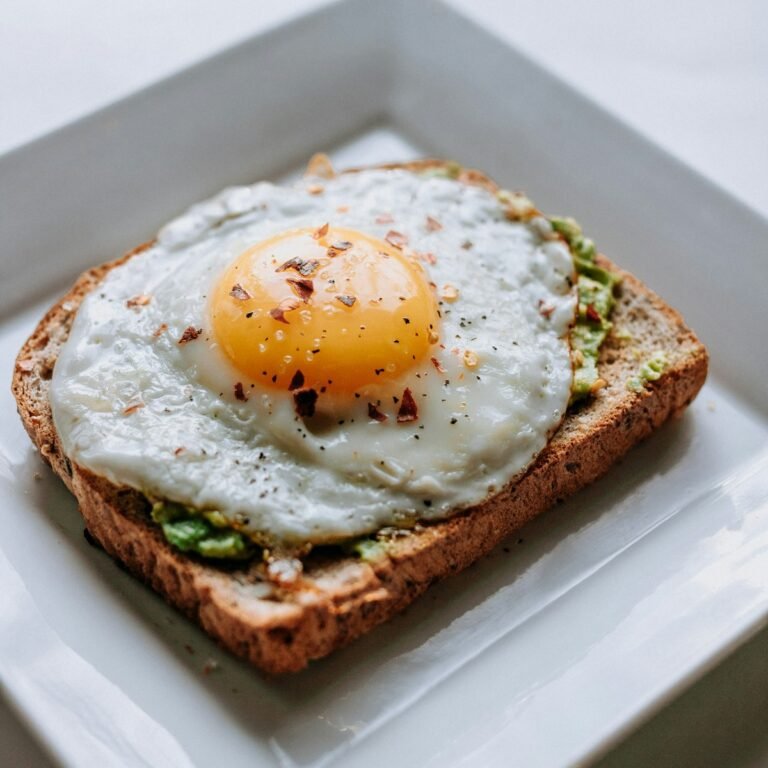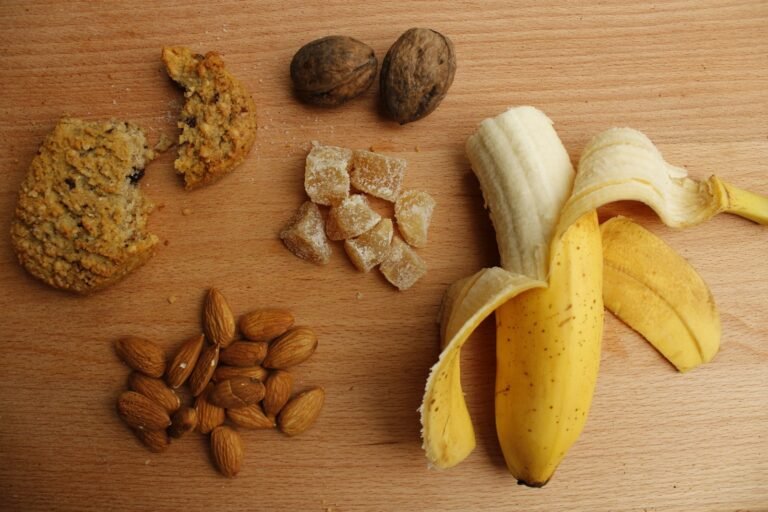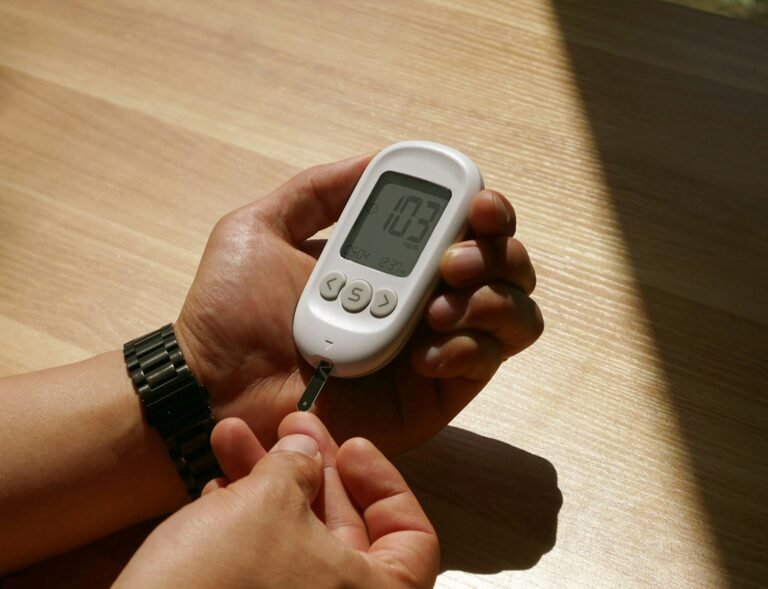When it comes to managing blood sugar, most people focus on food—and yes, what you eat matters. But there’s a second, equally powerful tool that often gets overlooked: exercise.
Even a little movement goes a long way. Whether you’re managing pre-diabetes, watching your A1C, or just trying to avoid the afternoon energy crash, adding consistent activity to your day can help you feel better, balance your blood sugar, and build momentum for long-term health.
Here’s how it works—and how to start moving, no gym required.
How Exercise Helps Balance Blood Sugar
When you move your body, your muscles use glucose (sugar) for energy. This helps lower the amount of sugar in your bloodstream, both during and after activity. Regular exercise also makes your body more sensitive to insulin, meaning it can use glucose more efficiently even at rest.
Benefits include:
- Better sleep and reduced cravings
- Lower fasting blood sugar
- Improved insulin sensitivity
- Reduced A1C over time
- More stable energy and mood
You Don’t Need to Work Out for Hours
You just need to move. Studies show that even 10–15 minutes of moderate exercise after meals can significantly reduce blood sugar spikes.
If you’re new to working out (or haven’t moved much lately), start small. The goal isn’t perfection—it’s progress.
Easy, Low-Impact Workouts to Get Started
These beginner-friendly options are gentle on your joints and your schedule—but effective for blood sugar control:
1. Brisk Walking (15–30 min daily)
Walking after meals is one of the best ways to lower post-meal blood sugar. Start with 10 minutes after dinner and build up over time. Bonus: It helps with digestion and sleep, too.
📌 Try walking around the block, on a treadmill, or even marching in place during TV.
2. Bodyweight Strength Training (2–3x per week)
Building muscle helps your body store and use glucose more efficiently.
No equipment? No problem. Start with:
- Squats
- Wall push-ups
- Seated leg lifts
- Glute bridges
📌 Do 2 sets of 10–12 reps of each, resting in between. Slow and steady wins here.
3. Chair or Seated Workouts
Perfect for beginners, those with limited mobility, or desk workers. Use light weights or resistance bands, or simply move your arms and legs rhythmically for 10–15 minutes.
📌 YouTube has great guided options—search for “seated cardio for beginners.”
4. Dance It Out
Dancing counts as cardio! Put on your favorite playlist and move how you like—no routine necessary.
📌 10 minutes of dancing = lower blood sugar, a better mood, and a mini cardio session.
5. Gentle Yoga or Stretching
While it’s not intense cardio, yoga improves insulin sensitivity, reduces stress, and supports hormone balance.
📌 Focus on breath-based movement like gentle vinyasa, yin yoga, or even a basic stretch flow.
When to Exercise for Blood Sugar Benefits
Before bed: A short walk or stretch can improve fasting blood sugar overnight.
After meals: Helps flatten blood sugar spikes.
In the morning: Kickstarts insulin sensitivity for the day.
Start Where You Are
You don’t have to go all-in overnight. Start with just 10 minutes a day. Build a routine that feels doable, not overwhelming. Consistency matters more than intensity.
Not sure where to begin? Try this simple weekly starter:
Beginner Weekly Movement Plan
Sun: Walk or repeat your favorite
Mon: 15-min walk after dinner
Tue: 10-min chair or yoga session
Wed: Bodyweight strength (10–15 min)
Thu: Walk + stretch
Fri: Dance or fun movement
Sat: Rest or light stretching
Final Thoughts
Exercise doesn’t need to be sweaty, hard, or expensive. It just needs to happen regularly.
By moving your body—even in small ways—you’re sending your blood sugar, mood, and metabolism in a better direction.
Start simple. Be consistent. And celebrate the wins, no matter how small.









